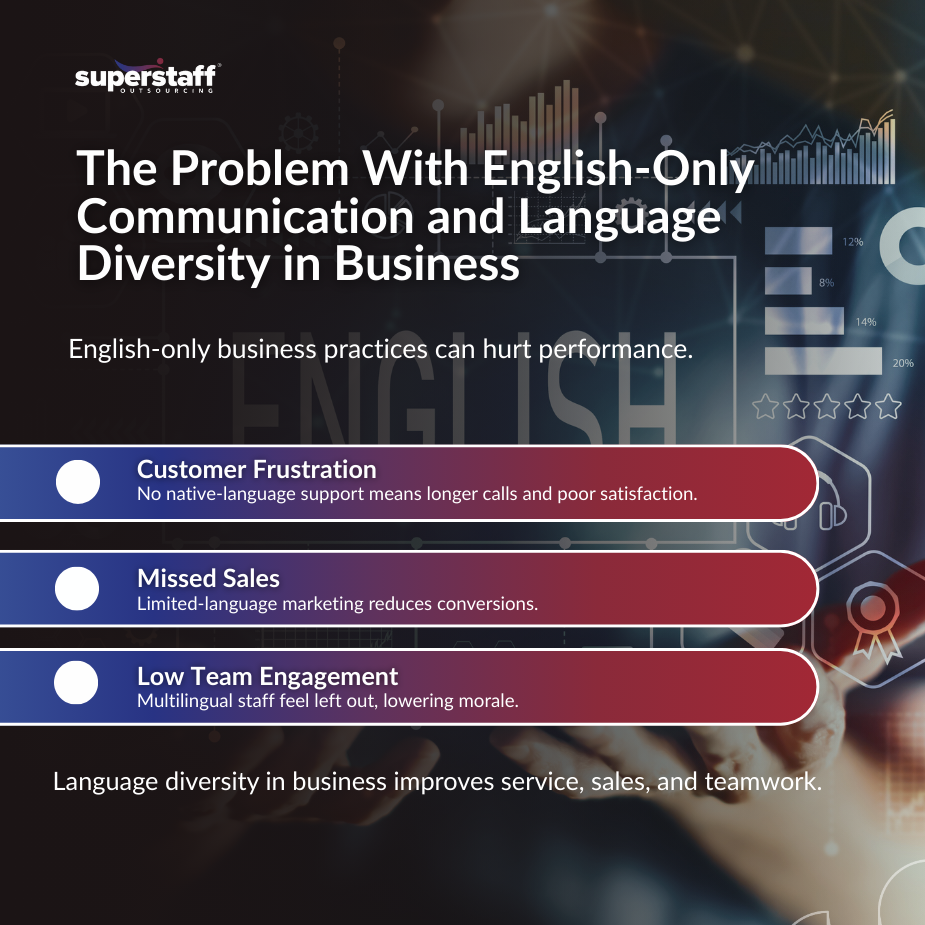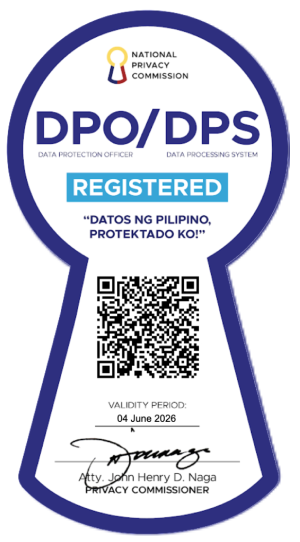
Many companies still rely on English alone when dealing with customers and employees. While English is widely used, it is not enough. People want to be understood in the language they are most comfortable with. Limiting communication to one language often leads to lost opportunities, frustrated customers, and disconnected employees.
Language diversity in business is not just a nice-to-have feature. It’s a basic need in reaching broader markets and building strong customer relationships. By outsourcing multilingual support, businesses can build real connections, improve customer experience, and include more people in everyday interactions.
This article explains how English-only strategies fall short, how outsourcing enhances language inclusivity in business, and how companies can take action through practical and clear steps.
The Problem With English-Only Communication

Using only English in business comes with many hidden costs. It may seem easier at first, but it creates long-term problems that affect customer service, sales, and even internal teamwork.
1. Customer Frustration
- Many customers feel more comfortable speaking their own language when they need help. In fact, about 75% of shoppers say they prefer buying products with info in their native tongue—and they’re more likely to stick with brands that offer support in the same language. This shows why language diversity in business isn’t just a nice add-on—it’s a must for winning trust and loyalty.
- If services are only offered in English, customers may feel ignored or misunderstood.
- This leads to longer call times, lower satisfaction, and poor reviews.
2. Missed Sales Opportunities
- Marketing in one language can limit reach.
- If a potential customer doesn’t fully understand your message, they won’t buy your product or service.
- Clear, native-language communication increases the chance of converting interest into sales.
3. Low Engagement Among Employees
- In workplaces with multilingual staff, English-only environments can cause confusion.
- Workers may feel left out or struggle with tasks due to limited language support.
- This lowers morale and productivity.
Language diversity in business helps solve these issues by creating a better experience for everyone involved.
Beyond Translation: What True Language Inclusivity Looks Like
It’s not enough to just translate words. Real communication includes tone, culture, and understanding of local customs. Businesses that recognize this are more likely to connect with their audience.
Key Aspects of Inclusive Communication:
- Adapting messages to match cultural values and expectations
- Avoiding slang or idioms that don’t translate well
- Training support staff to handle sensitive topics in ways that suit local norms
For example, the way a customer complaint is handled in Japan may differ from how it’s done in the U.S. or Brazil. These small details matter when building trust.
Language diversity in business also means using native speakers who understand these differences. This approach respects people’s backgrounds and helps companies offer inclusive communications strategies that actually work.
Outsourcing: A Smart Way to Support Language Diversity
Not all businesses can afford to build in-house language teams. This is where outsourcing becomes valuable. With the right partner, companies can access skilled multilingual teams who offer professional support across time zones and regions.
Here’s how outsourcing enhances language inclusivity in business:
1. Access to Multilingual Professionals
Outsourcing companies provide access to agents who are fluent in many languages and dialects. These agents are also trained in customer service, cultural understanding, and communication best practices, which ensures clear and respectful interactions with customers from different backgrounds.
2. Scalable Support
As a business grows, its language needs often change. With an outsourced team, companies can easily increase or reduce support in specific languages based on demand, making it easier to respond to seasonal changes or market expansion.
3. Multiple Communication Channels
Outsourced teams can manage customer interactions across phone, chat, and email in several languages. This flexibility allows customers to choose the communication method they are most comfortable with, improving overall satisfaction.
4. Cultural Training and Quality Checks
Outsourcing firms also provide ongoing training to keep agents updated on language use and cultural norms. Regular quality checks help ensure that all communication stays respectful, accurate, and relevant to each audience.
Working with partners that offer multilingual call center services allows businesses to meet customer needs without stretching their internal resources. This approach supports language diversity in business while keeping operations efficient and cost-effective.
Building an Inclusive Workplace Through Language
The impact of language diversity in business goes beyond customer service. It also shapes company culture.
Benefits of Inclusive Language Practices:
- Employees feel valued when their language needs are respected.
- Clear internal communication reduces errors and builds stronger teams.
- A workplace that supports language diversity attracts a wider range of talent.
Outsourcing support in multiple languages also improves internal collaboration. It helps team members feel more connected and heard, regardless of their first language.
How to Start Outsourcing for Language Inclusivity
Outsourcing language support doesn’t happen overnight. It requires planning, communication, and tracking results. Here are practical steps to get started:
1. Identify Language Needs
Begin by reviewing your customer base and where your employees are located. Determine which languages are most common and identify any language gaps that could affect communication or service quality.
2. Choose the Right Partner
Select an outsourcing company with a strong background in multilingual call center services. Ask about their hiring process, how they train their staff, and how they ensure quality in customer interactions.
3. Build Clear Workflows
Collaborate with your outsourcing partner to develop scripts, FAQs, and customer service flows that align with your brand tone and values. Make sure that these materials are adapted accurately across all supported languages to keep communication consistent.
4. Measure Success
Establish measurable goals, such as reducing wait times, improving customer satisfaction, or getting better internal feedback. Use regular performance reports to see what’s working and where adjustments are needed.
5. Review and Improve
Collect feedback from both customers and employees to understand their experience. As your markets evolve, continue updating your language strategies to stay relevant and effective.
This step-by-step approach helps make language diversity in business part of your daily operations rather than treating it as an added bonus.
Language Diversity Is Business Growth
Limiting communication to English closes doors. Businesses that invest in language diversity in business open themselves to new markets, stronger teams, and more satisfied customers. By outsourcing support to skilled multilingual teams, companies can offer more than just translation—they can offer understanding.
Language diversity in business is not only about speaking more languages. It’s about making sure people feel heard, respected, and included.
At SuperStaff, we provide multilingual call center services that help you meet these goals. From cultural training to flexible support channels, we offer solutions that grow with your needs.
Ready to take the next step? Partner with SuperStaff to build inclusive communications strategies that make a real difference.
Let’s build a better way to serve customers and teams—one language at a time.






